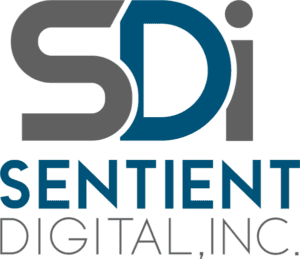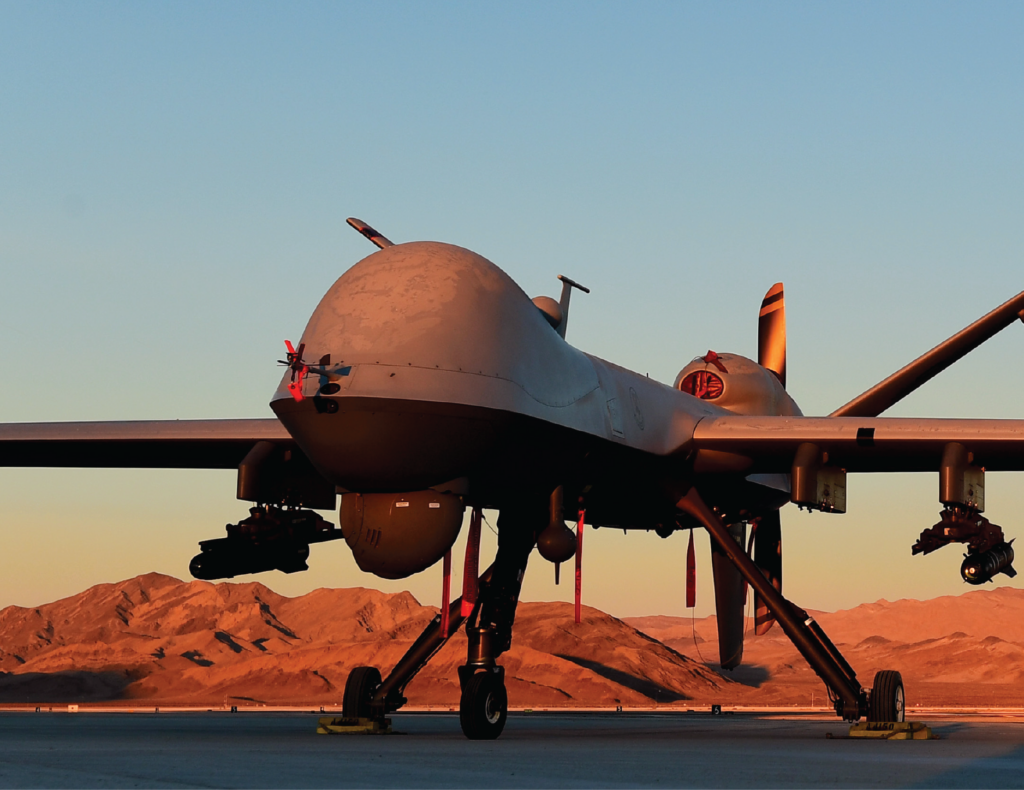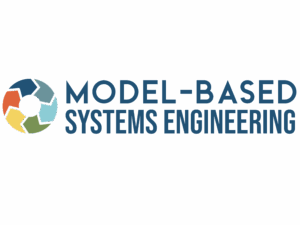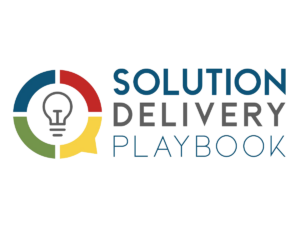Enterprise Architecture
SDi’s Enterprise Architecture (EA) Methodology allows development from a top-down, strategy-driven, business-oriented perspective as well as bottom-up data, systems, and services viewpoint. This allows for rapid parallel architectural development that is easily integrated with repeatable processes. These repeatable processes have been refined through previous architectural development efforts and are ubiquitously woven throughout the fabric of our work environment.

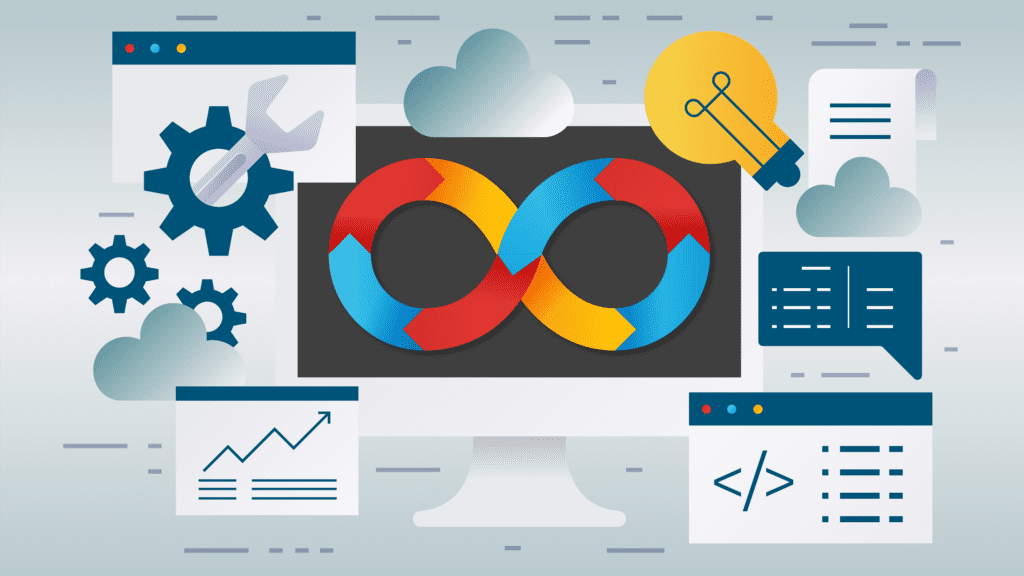
Model Based Systems Engineering
Our team facilitates enhanced communication and collaboration to ensure a clear understanding of the system requirements, design, and functionality through MBSE (model-based system engineering). From concept to delivered product our team leverages the MBSE paradigm to manage complexity, improve quality, and reduce risks in the development of complex systems by providing a structured and visual approach to systems engineering.
By combining EA and MBSE, SDi takes a holistic approach to solution development that considers both the enterprise context and the detailed system design. This helps ensure that the resulting solution is aligned with business goals, is technically sound, and can evolve gracefully over time as the enterprise’s needs change.
IT Systems Engineering & Integration
SDi provides comprehensive systems engineering and integration services, seamlessly bringing together technologies, hardware, and software to craft effective solutions that meet our customers’ responsive mission needs, fostering agility and efficiency. Our service offerings encompass requirements development, architecture development, system integration, and risk management. Our team of experts delivers turn-key solutions for new requirements and upgrade solutions that seamlessly integrate with existing systems.

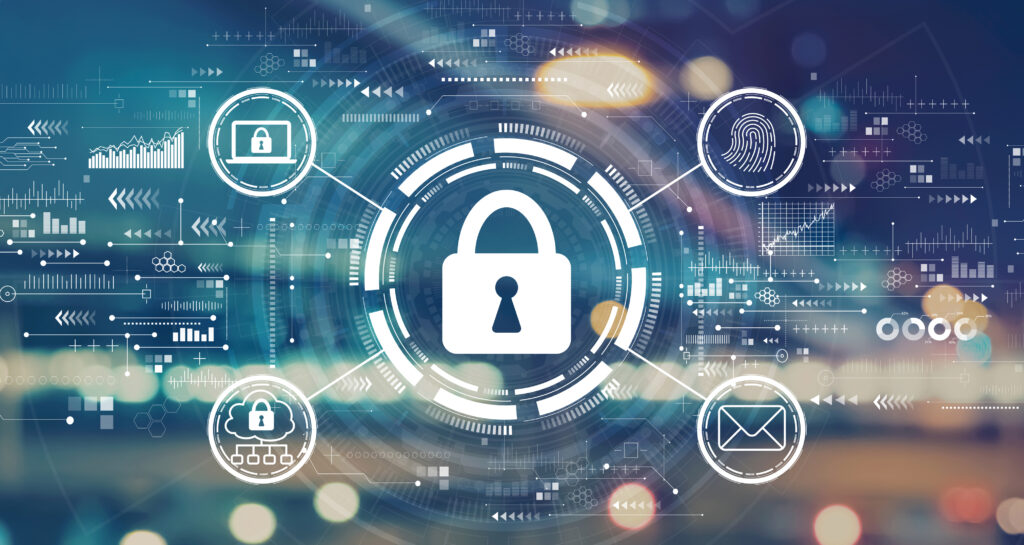
Cybersecurity
We design cyber mission assurance systems by strengthening defensive capabilities through advanced protective technologies and integrating cybersecurity into the overall mission strategy of an organization. Aligned with the National Institute of Standards and Technology (NIST) and other mandatory customer standards, our certified cybersecurity professionals use a Risk Management Framework (RMF) to identify, assess, manage, and mitigate risks through a systematic approach to integrating security and risk management activities into the life cycle of a system or project. Our approach to cyber mission assurance ensures that critical operations remain uninterrupted and secure from cyber threats.
